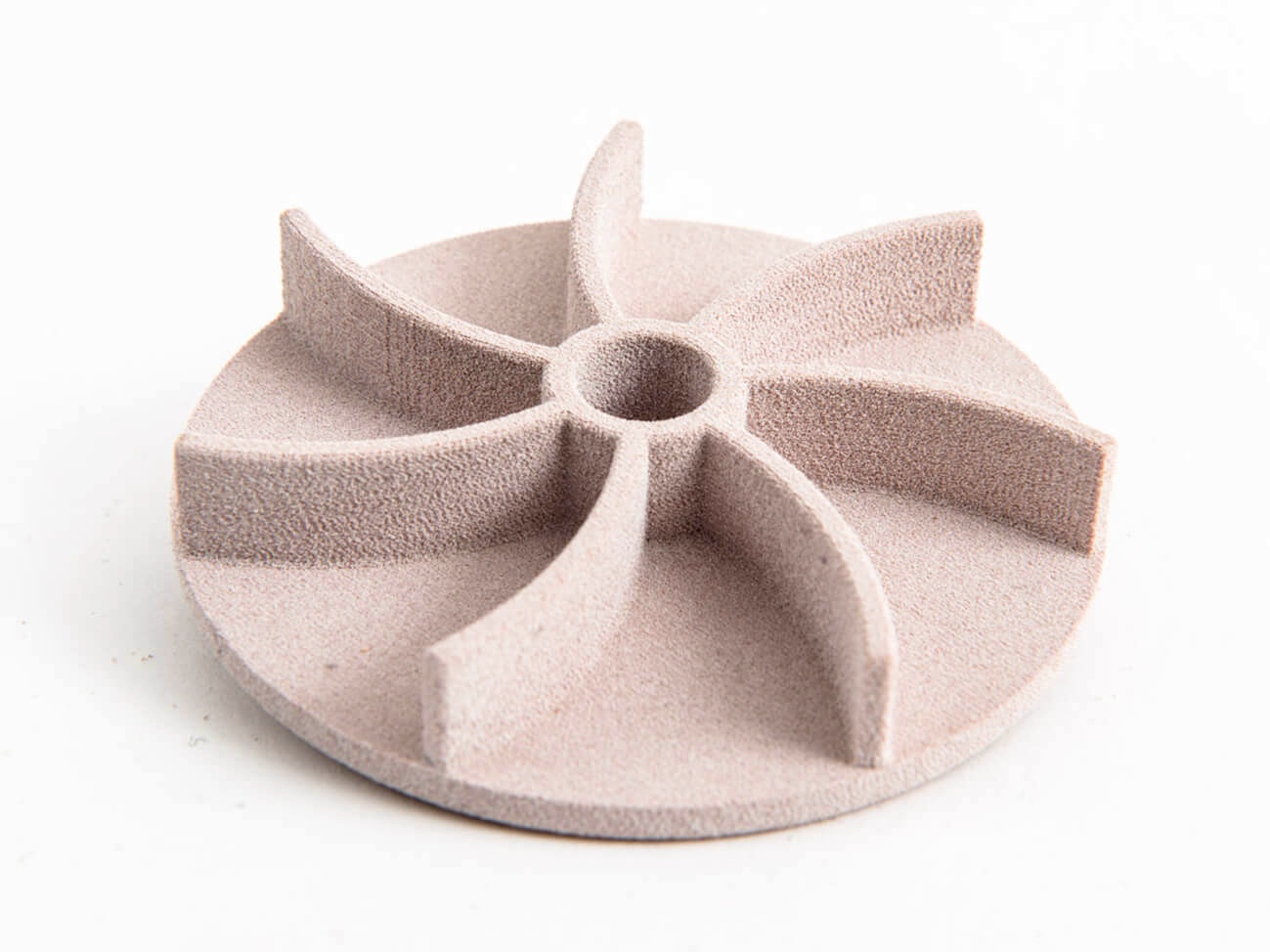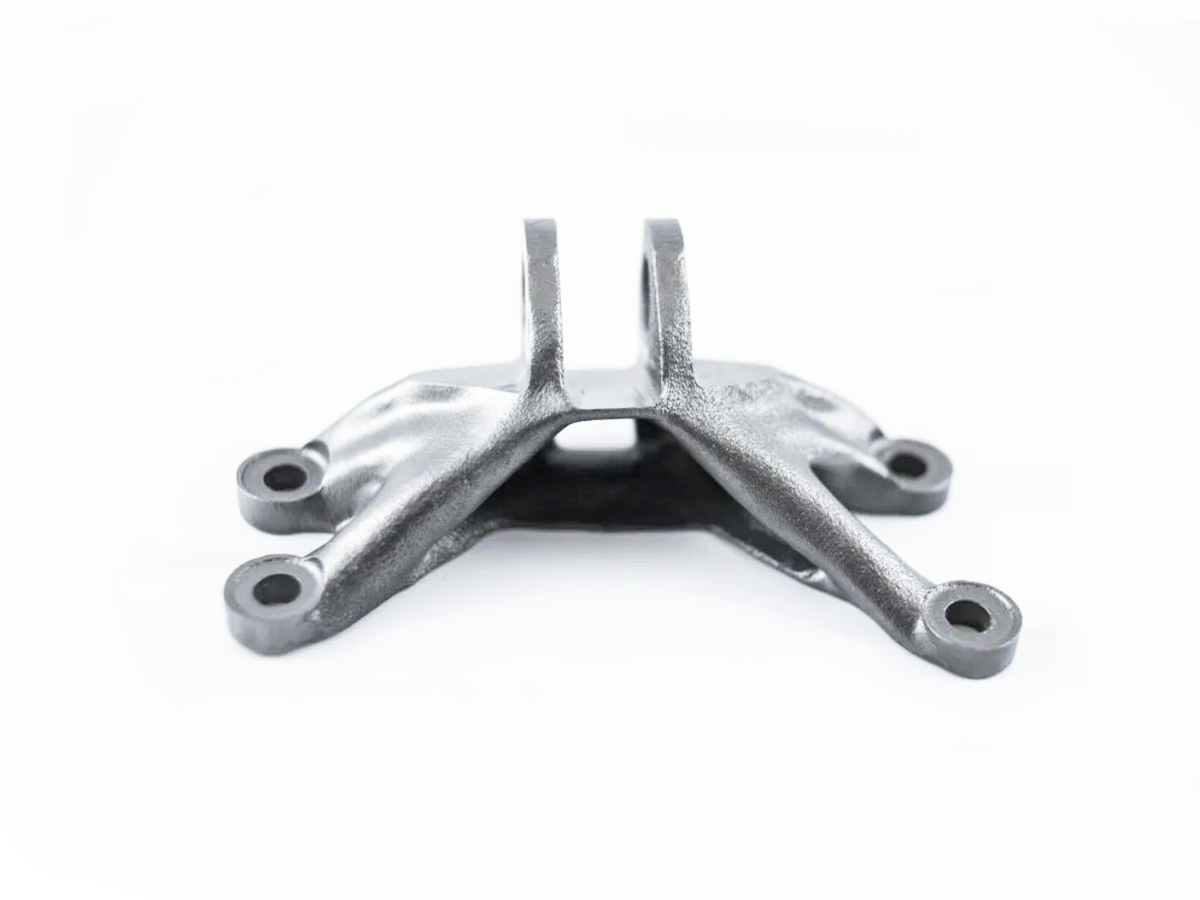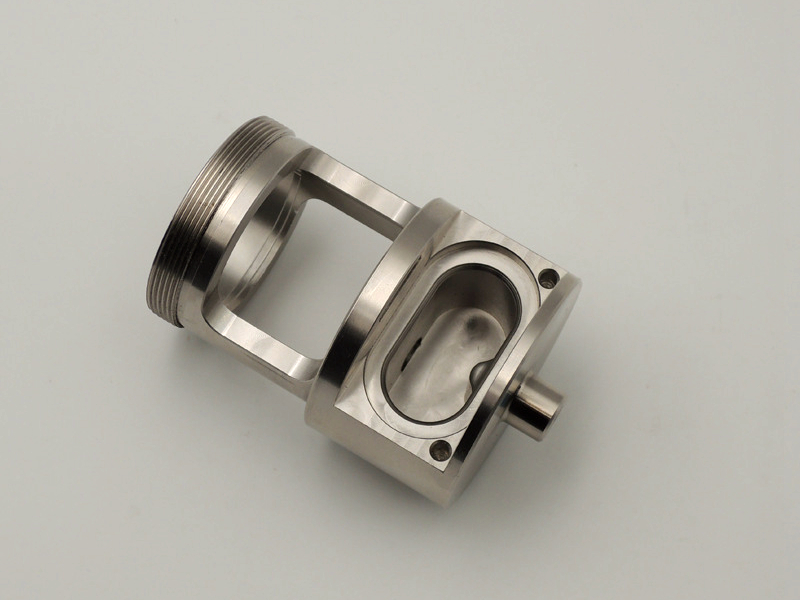Is Selective Laser Sintering suitable for mass production?
Selective Laser Sintering (SLS) is a highly advanced additive manufacturing technique widely recognized for its flexibility, rapid production capabilities, and superior accuracy. Often employed for creating intricate prototypes, SLS allows manufacturers to fabricate highly complex components without the constraints typical of traditional manufacturing processes. However, a crucial question arises in industrial applications: Is SLS suitable for mass production? At Neway Machining, our extensive experience in Selective Laser Sintering (SLS) 3D Printing provides us with insights into both the capabilities and limitations of this technology regarding large-scale production.
Advantages of SLS for Mass Production
1. Rapid Prototyping and Short Production Runs
SLS technology does not require traditional tooling or molds, significantly reducing initial costs and lead times. This advantage makes SLS ideal for rapid prototyping, iterative design processes, and limited-run productions ranging from dozens to several thousand parts. Manufacturers can quickly adjust designs and optimize components with minimal downtime, accelerating product development and reducing time-to-market.
2. Complexity Without Increased Costs
Unlike conventional methods such as CNC machining or injection molding, which often incur significant cost penalties for complexity, SLS excels at economically producing intricate, detailed geometries. This capability benefits industries such as aerospace, medical devices, and consumer products, where detailed and custom components are frequently required.
3. Customization and On-Demand Manufacturing
SLS is particularly advantageous for producing customized or on-demand parts, such as patient-specific medical devices, tailored consumer products, or specialized industrial equipment components. The absence of inventory requirements and fast turnaround times make SLS an economically viable option for industries with highly variable production demands.
4. Wide Material Compatibility
SLS technology supports various engineering-grade materials, including durable polymers like Nylon (PA), high-performance polymers such as PEEK, and specialized composite materials. This diversity enables engineers to optimize material choices based on specific performance criteria, further enhancing its applicability in targeted mass-production scenarios.
Limitations of SLS for High-Volume Production
Despite these substantial benefits, several constraints limit the feasibility of SLS for high-volume mass production:
1. Higher Unit Cost at Scale
While initial tooling expenses are negligible, the per-part production costs associated with SLS remain relatively consistent irrespective of volume. Consequently, for large-scale manufacturing runs—typically in the tens of thousands or higher—methods like injection molding or high-volume CNC machining usually offer lower per-unit costs, significantly reducing overall manufacturing expenses.
2. Limited Production Speed
SLS builds parts layer by layer, inherently slower than high-volume processes such as injection molding, stamping, or continuous machining. The additive approach limits production throughput, making it less economical for very large batches where cycle time efficiency directly impacts overall profitability.
3. Post-processing Requirements
Post-processing of SLS-manufactured components typically includes powder removal, surface finishing, and additional treatments such as sandblasting, painting, or electropolishing. These labor-intensive steps increase turnaround time and production costs significantly at larger scales.
4. Material Limitations and Mechanical Properties
Although SLS supports a variety of robust materials, the mechanical properties of sintered components can differ from those produced by traditional manufacturing methods. Components fabricated via SLS may exhibit variations in density, porosity, or surface finish, potentially requiring further treatments or careful consideration in applications with stringent mechanical specifications.
Optimal Production Scenarios for SLS
Considering these strengths and limitations, SLS technology is optimal in production scenarios such as:
Rapid prototyping and initial product runs
Highly complex geometries or integrated assemblies
Customized, patient-specific medical or dental components
Low-volume, high-value industrial or aerospace parts
On-demand spare parts manufacturing
For larger production volumes, traditional manufacturing methods available at Neway Machining, such as Mass Production CNC Machining, precision Rapid Molding, or high-volume Precision Machining, generally provide superior cost-effectiveness and speed.
Conclusion: Suitability of SLS for Mass Production
Selective Laser Sintering provides considerable advantages in certain production contexts, particularly low-to-medium volumes, customized products, or complex designs. However, it generally lacks economic viability for large-scale, high-volume mass production compared to traditional manufacturing methods. By strategically integrating SLS with other production capabilities, Neway Machining helps manufacturers achieve optimal efficiency, balancing flexibility, customization, cost-efficiency, and scale effectively.
To explore SLS technology and understand whether it fits your specific production needs, visit our detailed guide: What Is Selective Laser Sintering (SLS) 3D Printing?.



